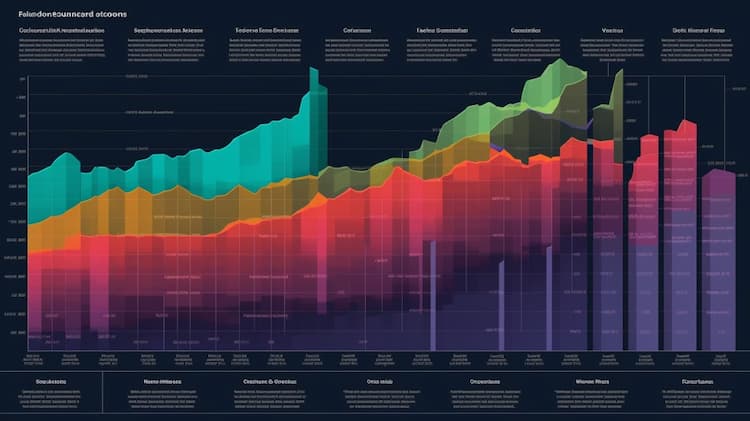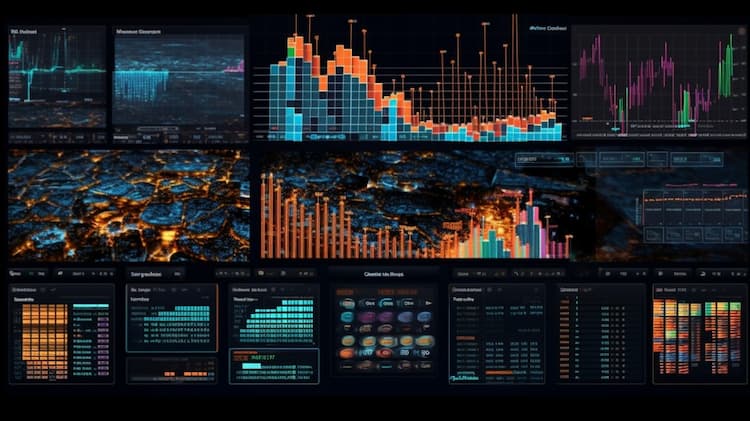
OIH VS ERY
Exchange-Traded Funds (ETFs) have become a cornerstone of modern investing, providing a diverse range of options for exposure to various sectors and asset classes. In this article, we will conduct an in-depth analysis comparing two prominent ETFs: OIH (VanEck Vectors Oil Services ETF) and ERY (Direxion Daily Energy Bear 2X Shares). This comprehensive examination will cover crucial aspects such as ETF tickers, full names, issuers, sectors, top holdings, capitalization, investment strategy, tracking methodology, and exposure.
OIH Vs ERY: Overview
The OIH and ERY ETFs are two distinct vehicles that cater to investors with differing strategies within the energy sector. OIH focuses on providing exposure to the oil services industry, while ERY aims to deliver inverse returns to daily energy sector performance, amplified by a factor of 2x. These divergent focuses result in varying risk and return profiles, which we will explore in greater detail below.
OIH Vs ERY: Sectors and Top Holdings
The OIH ETF primarily targets companies that provide services to the oil and gas exploration and production industry. Its top holdings often include names like Schlumberger, Halliburton, and Baker Hughes. Conversely, ERY is designed to move inversely to the daily performance of the energy sector and achieves this through derivatives. Understanding these sectors and top holdings is essential for investors seeking exposure to energy markets or seeking to hedge against them.
 OIH overlap OIH VS ERY
OIH overlap OIH VS ERY
OIH Vs ERY: Capitalization and Investment Strategy
OIH exhibits substantial assets under management (AUM), indicative of its popularity among investors interested in the oil services industry. Its investment strategy revolves around tracking an index of companies that provide services to the oil and gas sector. On the other hand, ERY's strategy involves delivering inverse returns to the daily performance of energy stocks, with a leveraged effect. The divergence in capitalization and investment strategy results in distinct risk-return dynamics for each ETF, requiring investors to carefully evaluate their objectives.
OIH Vs ERY: Tracking Methodology and Exposure
OIH tracks an index of companies engaged in oilfield equipment, services, and drilling, thereby mirroring the performance of the oil services sector. ERY, however, employs leverage to achieve inverse 2x daily returns of the energy sector. It's crucial to understand these tracking methodologies, as they directly impact the way the ETFs perform relative to their underlying benchmarks. Potential investors need to consider their risk tolerance and market outlook when selecting between the two.
Conclusion
OIH and ERY offer unique strategies for investors to access the energy sector, each tailored to different market views and objectives. Whether you're looking to align with the fortunes of oil services companies or to hedge against energy market volatility, these ETFs provide viable options. For those who wish to delve deeper into the intricacies of these ETFs' holdings, correlations, overlaps, and other insights, ETF Insider serves as an invaluable tool. With its user-friendly app, it empowers investors to make informed decisions about these financial instruments and others.
Disclaimer: This article is intended for informational purposes only and does not provide any investment advisory services. It's crucial to conduct thorough research and consult with financial professionals before making any investment decisions.
Sources:
https://www.direxion.com/ OIH ETF issuer
https://www.direxion.com/product/daily-energy-bull-bear-2x-etfs OIH ETF official page
ERY quote and analysis
Discover the top holdings, correlations, and overlaps of ETFs using our visualization tool.
Our app allows you to build and track your portfolio.
To learn more about the ERY Direxion Daily Energy Bear 2X Shares, access our dedicated page now.
FAQ
Why is OIH better than ERY?
OIH may be considered better than ERY for some investors due to its specific focus, offering diversification.
Does ERY beat OIH?
ERY's performance relative to OIH will vary over time, depending on market conditions.
Should I invest in OIH or ERY?
The choice between OIH and ERY should align with your investment goals, risk tolerance, and desired exposure.
Are OIH and ERY good investments?
Both OIH and ERY can be suitable investments depending on individual investment strategies, goals, and risk profiles.
What is the correlation between OIH and ERY?
The correlation between OIH and ERY can vary over time, reflecting differences in performance.



















